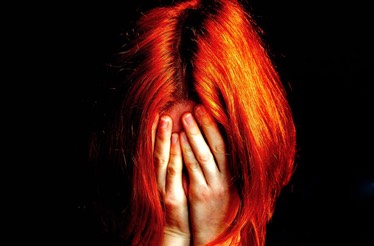
How do children and adolescents experience depression?
Scientists and doctors have begun to take seriously the risk of depression in children. Research has shown that childhood depression often persists, recurs and continues into adulthood, especially if it goes untreated. The presence of childhood depression also tends to be a predictor of more severe illnesses in adulthood.
A child with depression may pretend to be sick, refuse to go to school, cling to a parent, or worry that a parent may die. Older children may sulk, get into trouble at school, be negative and irritable, and feel misunderstood. Because these signs may be viewed as normal mood swings typical of children as they move through developmental stages, it may be difficult to accurately diagnose a young person with depression.
Before puberty, boys and girls are equally likely to develop depressive disorders. By age 15, however, girls are twice as likely as boys to have experienced a major depressive episode.
Depression in adolescence comes at a time of great personal change–when boys and girls are forming an identity distinct from their parents, grappling with gender issues and emerging sexuality, and making decisions for the first time in their lives. Depression in adolescence frequently co–occurs with other disorders such as anxiety, disruptive behavior, eating disorders or substance abuse. It can also lead to increased risk for suicide.
An NIMH–funded clinical trial of 439 adolescents with major depression found that a combination of medication and psychotherapy was the most effective treatment option. Other NIMH–funded researchers are developing and testing ways to prevent suicide in children and adolescents, including early diagnosis and treatment, and a better understanding of suicidal thinking.
